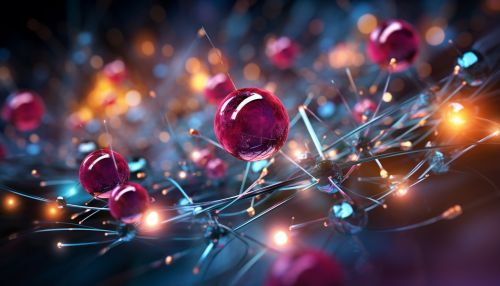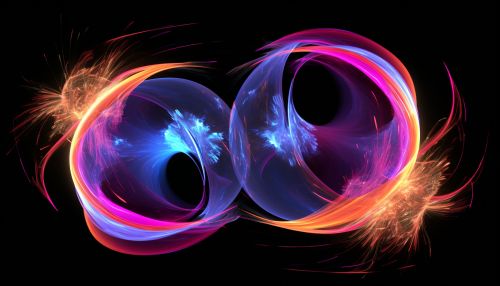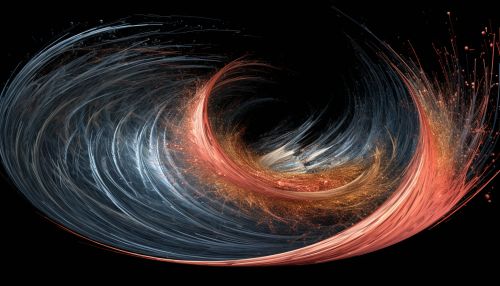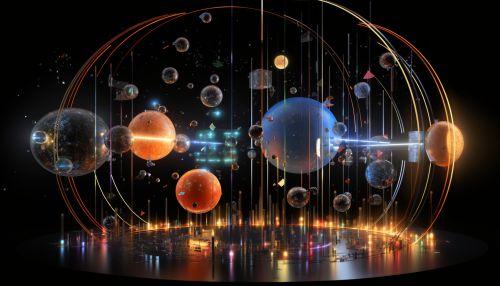The Physics of Quantum Chromodynamics
Introduction
Quantum Chromodynamics (QCD) is the theoretical framework that describes the strong interaction, one of the four fundamental forces of nature. This interaction is responsible for the binding of quarks and gluons, the elementary particles that constitute hadrons such as protons, neutrons, and pions. QCD is a subset of quantum field theory, specifically a non-Abelian gauge theory with an SU(3) symmetry group. The concept of color charge in QCD is analogous to electric charge in quantum electrodynamics, with gluons acting as the force carriers, similar to the role of photons in the electromagnetic force. As a crucial component of the Standard Model of particle physics, QCD has been substantiated by a wealth of experimental evidence gathered over several decades.


Theoretical Framework
Two unique properties distinguish QCD:
1. Color confinement, or simply confinement, suggests that the force between quarks does not diminish as they are separated. This property implies that when work is done on a quark-gluon plasma to separate the quarks, it becomes energetically more favorable to generate a new quark-antiquark pair from the vacuum than to further increase the separation.
2. Asymptotic freedom, which suggests that in very high-energy reactions, quarks and gluons interact very weakly, creating a quark-gluon plasma.
These properties are direct consequences of the non-Abelian gauge structure of QCD.


Quarks and Gluons
In the context of QCD, quarks are the fundamental matter particles and are classified into six flavors: up, down, charm, strange, top, and bottom. Quarks carry a color charge, which can be red, green, or blue, while antiquarks carry the corresponding anticolor. Gluons, the force carriers, are colorless but carry a color-anticolor pair. There are eight types of gluons, corresponding to the eight independent color-anticolor combinations.
QCD Lagrangian
The QCD Lagrangian provides the quantum-mechanical description of the dynamics of quarks and gluons. It is expressed as the sum of the quark and gluon kinetic energies minus the interaction energy. The interaction energy is represented by a term involving the gluon field strength tensor, which describes the force between quarks.


QCD and the Standard Model
QCD forms a vital part of the Standard Model of particle physics, which describes the electromagnetic, weak, and strong interactions. The other components of the Standard Model include Quantum Electrodynamics (QED) and the Electroweak Theory (EWT). QED delineates the interactions of charged particles with the electromagnetic field, while EWT elucidates how the electromagnetic and weak interactions are unified at high energies.


Experimental Evidence
The validity of QCD is supported by a myriad of experimental evidence:
1. High-energy scattering: The behavior of quarks and gluons in high-energy scattering experiments aligns with the predictions of QCD.
2. Quark confinement: The observation that quarks are never found in isolation provides strong evidence for the color confinement property of QCD.
3. Asymptotic freedom: The manifestation of asymptotic freedom in high-energy experiments serves as a key confirmation of QCD.


